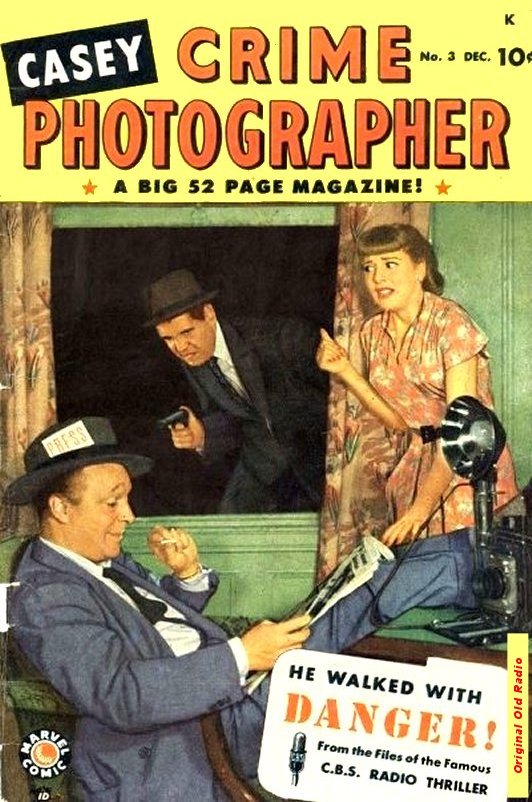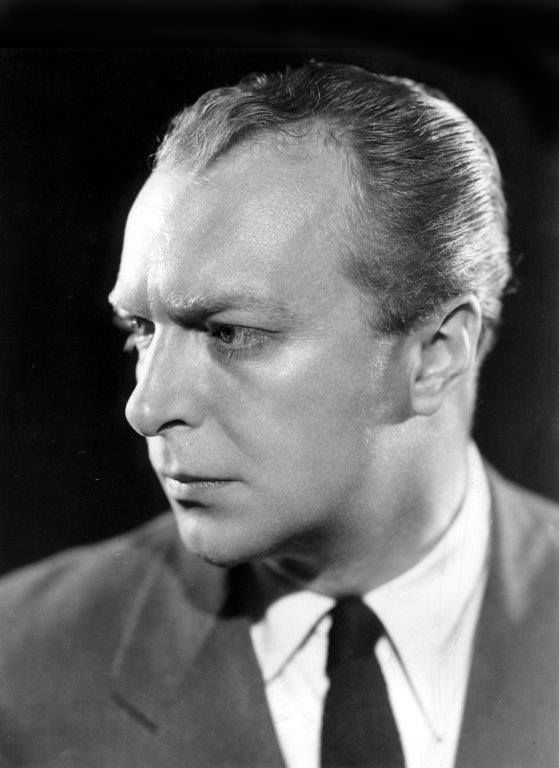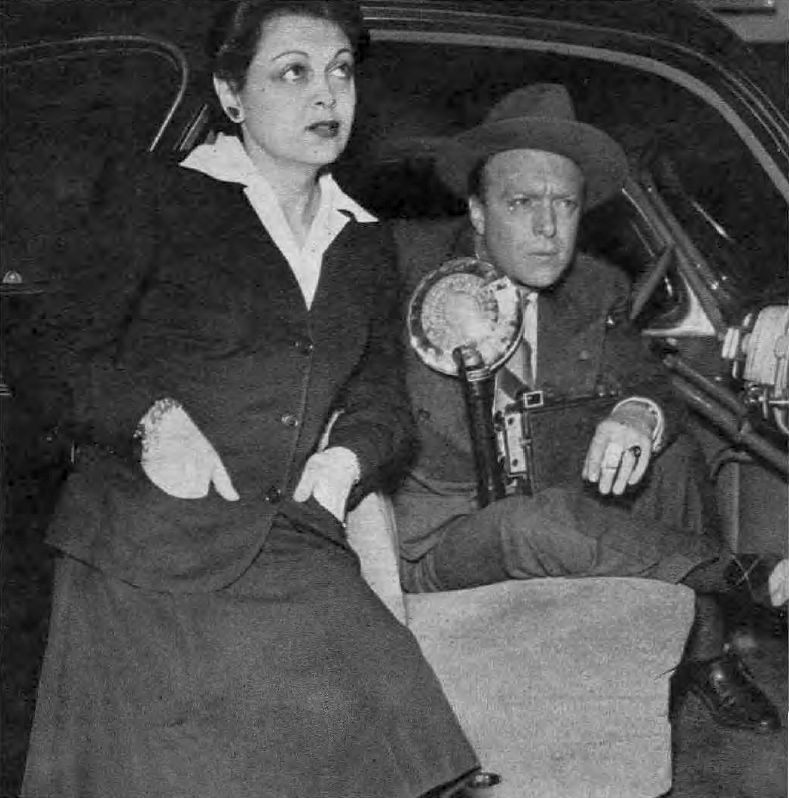“…ace cameraman who covers the crime news of the great city…”
Posted by Ivan G. Shreve, Jr. on Jul 7th 2015
Turner Classic Movies occasionally schedules a 1956 film noir directed by Fritz Lang entitled While the City Sleeps. In the film, a troubled young man (John Drew Barrymore) has embarked on a killing spree (earning him the nickname “The Lipstick Killer”), and the heir to a magazine empire (Vincent Price) challenges three editors who head up the various periodicals published under the banner to solve the mystery—the victorious editor, of course, will be rewarded with the plum job of executive editor.
While the “contest” is in progress, the subplot of Sleeps finds the various magazine employees whiling away the hours inside a gin joint, which is apparently an activity enjoyed by news hounds in real life as well. In fact, seeing the characters drown their sorrows in gin reminds me of another famous member of the fourth estate—a tenacious shutterbug who spent his copious free time in a jazz club haunt when he wasn’t solving murders and the like for his newspaper, The Morning Express. On this date in 1943, radio audiences paid their first visit to The Blue Note Café…the favorite hangout of Casey, Crime Photographer.
A former newspaperman and advertising executive named George Harmon Coxe introduced Jack “Flashgun” Casey to the pages of the Black Mask detective pulp magazine in March of 1934. Coxe’s inspiration for the character was revealed in a 1978 interview; he knew that a newspaperman often risked life and limb to get the story, but the unsung hero of the newspaper was inarguably the man who snapped the pictures. “So why not give the cameraman his due?” George asked the interviewer. “If the reporter could be a glamorous figure in fiction, why not the guy up front who took—and still does take (consider the televised war sequences)—the pictures?”

The popularity of Coxe’s Casey in the pulps soon led to a radio crime drama, which was originally known as Flashgun Casey upon its July 7, 1943 debut over CBS Radio. The program also went by Casey, Press Photographer and Crime Photographer, but most old-time radio historians and fans prefer to mash the two together and refer to the show as Casey, Crime Photographer. When he wasn’t plying his trade for the fictitious Morning Express, Casey sidelined as an amateur sleuth—on more than one occasion, Casey would notice a detail in a photo he snapped that the cops had apparently overlooked, and with fellow reporter Annie Williams—who doubled as the photographer’s love interest—Casey would doggedly follow any lead in order to insure that justice was done.
At a time when mentioning saloons over the airwaves was frowned upon—even Duffy’s Tavern went by Duffy’s for a short period to satisfy the bluenoses—the hero of Casey, Crime Photographer spent his off-hours with gal pal Annie at The Blue Note, where they often engaged in lively conversation with the Note’s genially sardonic bartender Ethelbert, accompanied by the singular jazzy stylings of the café’s piano player. It was this aspect of the show that set it apart from the goodly number of crime dramas on the air (Coxe’s hero had always been too busy in the pulps to frequent taverns); the Blue Note scenes provided a touch of levity to the somewhat serious goings-on. Much of this lightheartedness can be attributed to writer Alonzo Deen Cole (who had previously scripted many broadcasts of The Witch’s Tale), who, according to one reviewer at the time of Casey’s run, infused the plots with a “wit and naturalism missing from many radio thrillers.”

The first actor to lug around the camera equipment as Casey was Matt Crowley, then Jim Backus—yes, that Jim Backus!—inherited the role. But the best-remembered Casey was Staats Cotsworth, who was also playing another newspaper hero in the form of Front Page Farrell. There was only one Ethelbert…and that was radio veteran John Gibson, whose badinage with Cotsworth’s Casey was unquestionably the highlight of many broadcasts. A plethora of actresses came and went as Ann, notably Jone Allison, Alice Reinheart, Lesley Woods, Betty Furness, and Jan Miner. Also heard on Casey was the hero’s police contact, Captain Bill Logan—one of the many roles played by radio legend Jackson Beck, though Bernard Lenrow took his turn at the part. The most important individual was the unseen musician who tickled the ivories at the Blue Note: it was Herman Chittison for most of Casey’s run, but Juan Hernandez and Teddy Wilson (formerly with the Benny Goodman Trio) occupied the stool on occasion as well.
Casey, Crime Photographer was mostly sustained during the program’s CBS run, but from 1946 to 1948 the series had glass company Anchor Hocking paying the bills, and it’s these saved transcriptions that constitute the bulk of the broadcasts extant today for future generations of listeners. Casey left CBS on November 16, 1950 and enjoyed a brief live television run (with Miner and Gibson in their radio roles) from April 19, 1951 to June 5, 1952 that served as an early acting showcase for character great Darren McGavin (taking over from Richard Carlyle). The radio program was revived on January 13, 1954 and allowed its titular hero to continue to run a tab at The Blue Note until it faded from the ether on April 22, 1955.

Before Casey, Crime Photographer ventured before the radio microphones, Coxe’s creation was featured in a 1938 Grand National movie release, Here’s Flash Casey—which is available on DVD from Radio Spirits. We’ve also got episodes from the show in our Stop the Press! (“The Demon Miner” and “The Loaded Dice”) and Highway Horror (“Road Angel”) compilations. But for pure undiluted Flashgun Casey, check out our Snapshots of Mystery and Blue Note collections. Happy anniversary to our favorite crusading cameraman!

